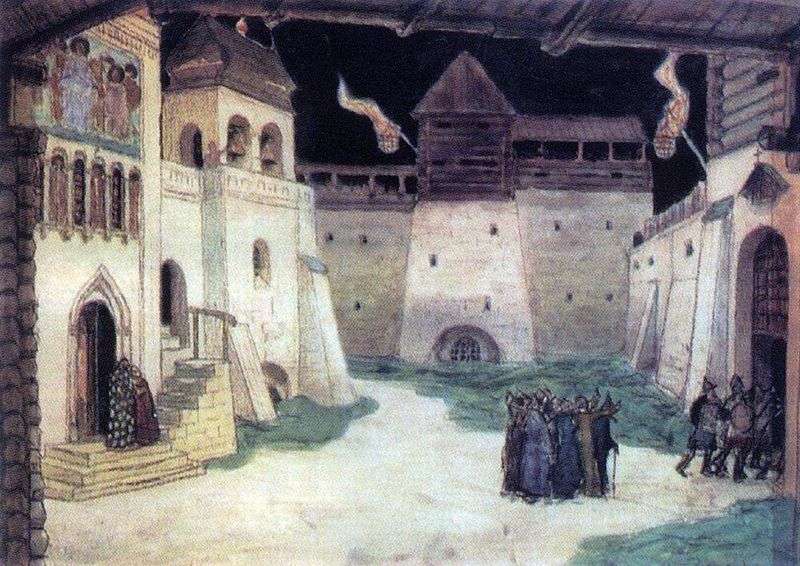
Particularly interesting are the scenery for the opera The Legend of the Invisible City of Kitezh by Rimsky-Korsakov. The poetic folk legend of the heroic city of Kitezh with great love is embodied by the artist in a theatrical performance. Here in front of us is the boardwalk of Kitezh, which goes deep into the river, log houses with bizarre roofs and external staircases – characteristic details of ancient architecture, a bizarre bell tower with a green-blue roof.
Calm colors of the scenery of this scene are harmoniously linked with the smooth folk melody of Rimsky-Korsakov’s music. But not only scenes of Kitezh’s peaceful life were a story for the composer. The main thing in the “Tale of Kitezh” is the drama of a great nation leading a heroic but still unequal struggle for freedom, for national independence. This is the main dramatic site, pulling together all the plot lines in the opera. The epic nature of Rimsky-Korsakov’s music was manifested in the opera with great power.
Vasnetsov, who was particularly intimate with this feature of Rimsky-Korsakov’s creativity, worked with enthusiasm to decorate the “Tale of the Invisible City of Kitezh” and other operas of the composer. Most of all the artist succeeded in decorating the “Square in the besieged city of Kitezh”. This action – one of the most dramatic in the play, his music is considered the best in the whole opera. The landscape of music “Tale of Kitezh”, according to experts, is much thinner and more penetrating than in other operas by Rimsky-Korsakov. The images of nature here closely coalesce with the spiritual world of man.
In the scene of “Lake Svetloyar” this feature of music was manifested with exceptional force. And the decorative solution of this picture, organically linked by Vasnetsov with its musical content, contributes to the disclosure of the composer’s intention, which bases the description of this scene on the Russian melody of an epic nature. In the 900-s Vasnetsov developed several architectural projects of civil and church buildings. They are characterized by the presence of features of Old Russian architecture, so well studied by the artist.
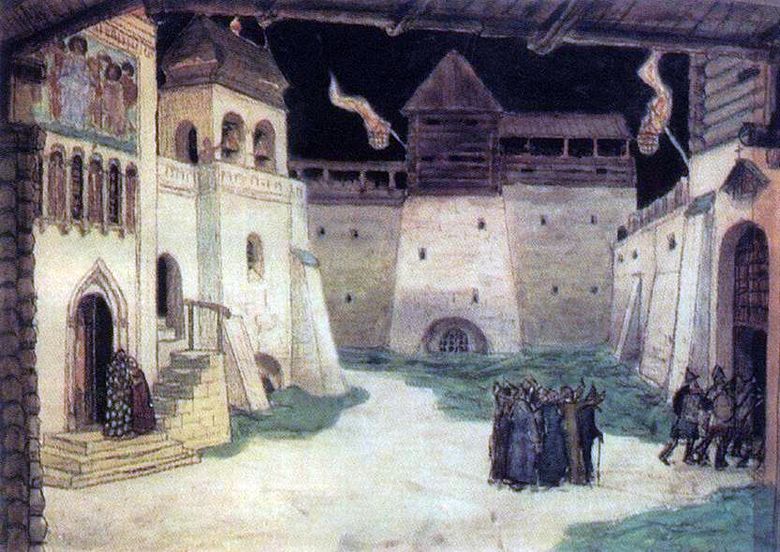 Zone de Kitezh assiégée – Apollinaire Vasnetsov
Zone de Kitezh assiégée – Apollinaire Vasnetsov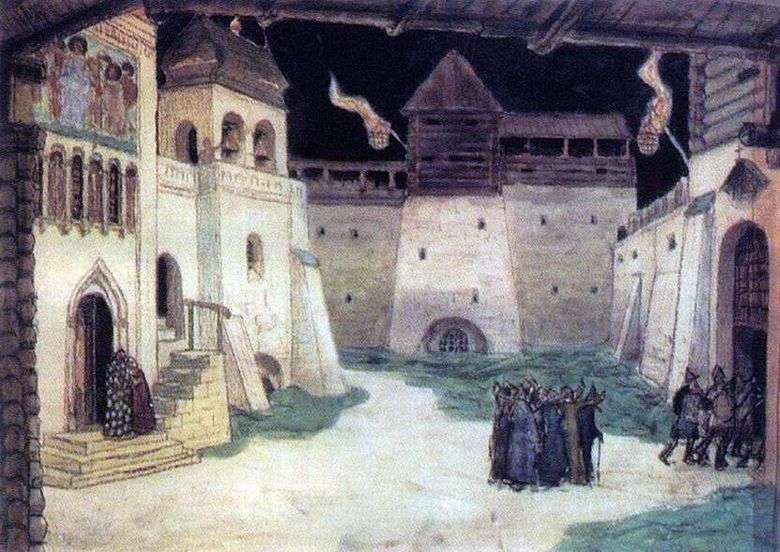 Área sitiada Kitezh – Apollinary Vasnetsov
Área sitiada Kitezh – Apollinary Vasnetsov Lake by Apollinarius Vasnetsov
Lake by Apollinarius Vasnetsov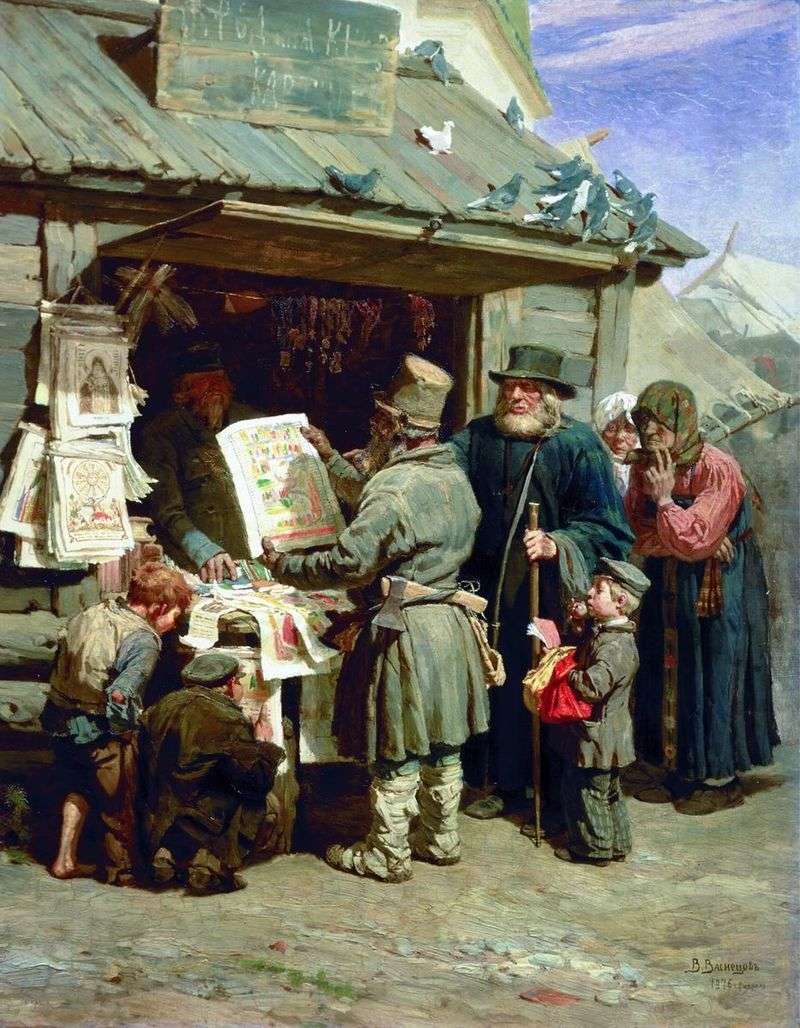 Bookshop by Apollinarius Vasnetsov
Bookshop by Apollinarius Vasnetsov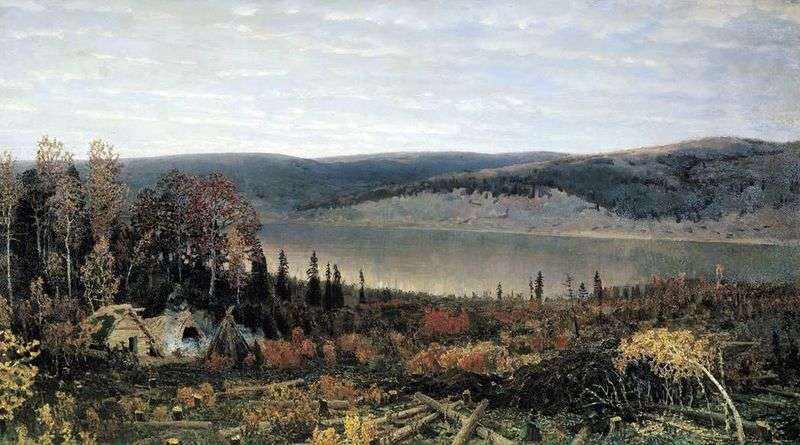 Kama by Apollinarius Vasnetsov
Kama by Apollinarius Vasnetsov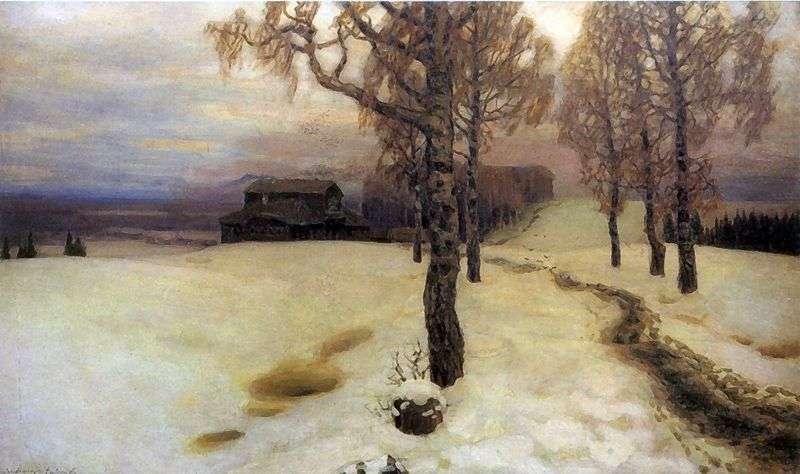 Thaw by Apollinarius Vasnetsov
Thaw by Apollinarius Vasnetsov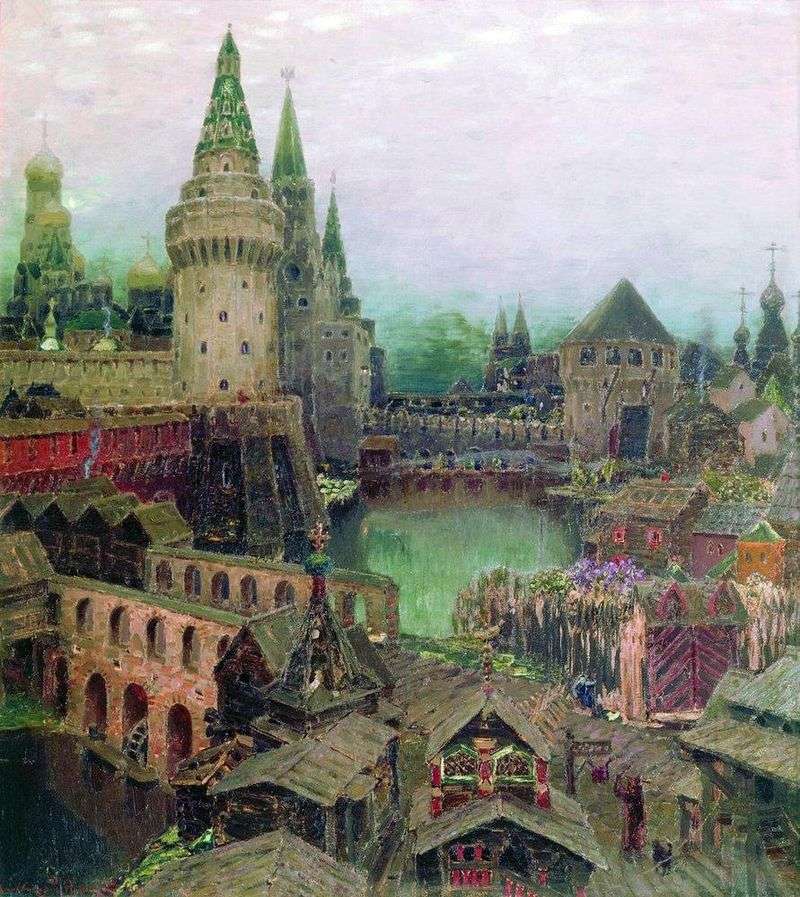 At dawn at the Resurrection Bridge. The end of the XVII century by Apollinarius Vasnetsov
At dawn at the Resurrection Bridge. The end of the XVII century by Apollinarius Vasnetsov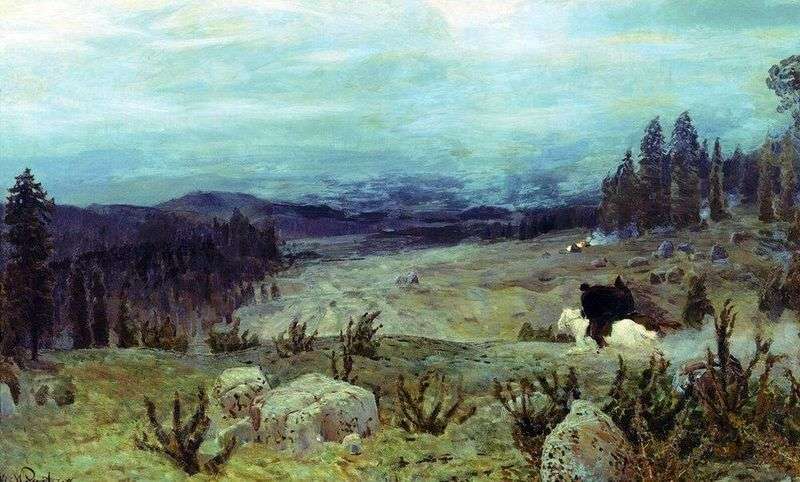 Siberia by Apollinarius Vasnetsov
Siberia by Apollinarius Vasnetsov